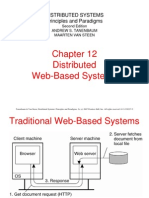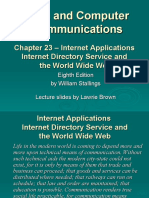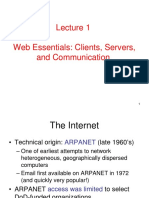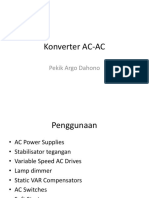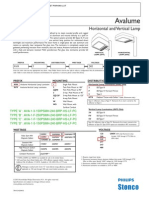0% found this document useful (0 votes)
66 views22 pages12 Distributed Web-Based Systems
Chapter 12 of 'Distributed Systems: Principles and Paradigms' discusses Distributed Web-Based Systems, highlighting the architecture, processes, and communication protocols involved in web services. It covers topics such as multi-tiered architectures, server clustering, and the use of protocols like HTTP and SOAP for communication. Additionally, it addresses issues related to synchronization, replication, and security within web hosting systems.
Uploaded by
Yatru Harsha HiskiCopyright
© © All Rights Reserved
We take content rights seriously. If you suspect this is your content, claim it here.
Available Formats
Download as PDF, TXT or read online on Scribd
0% found this document useful (0 votes)
66 views22 pages12 Distributed Web-Based Systems
Chapter 12 of 'Distributed Systems: Principles and Paradigms' discusses Distributed Web-Based Systems, highlighting the architecture, processes, and communication protocols involved in web services. It covers topics such as multi-tiered architectures, server clustering, and the use of protocols like HTTP and SOAP for communication. Additionally, it addresses issues related to synchronization, replication, and security within web hosting systems.
Uploaded by
Yatru Harsha HiskiCopyright
© © All Rights Reserved
We take content rights seriously. If you suspect this is your content, claim it here.
Available Formats
Download as PDF, TXT or read online on Scribd
/ 22




